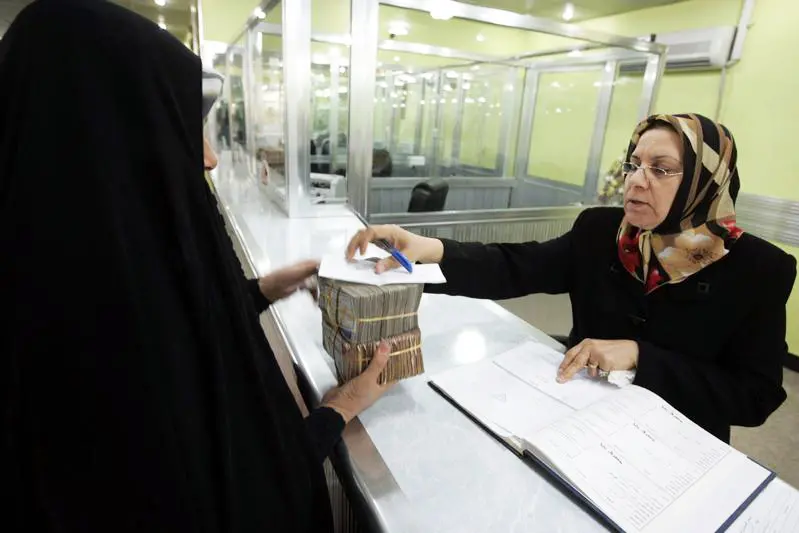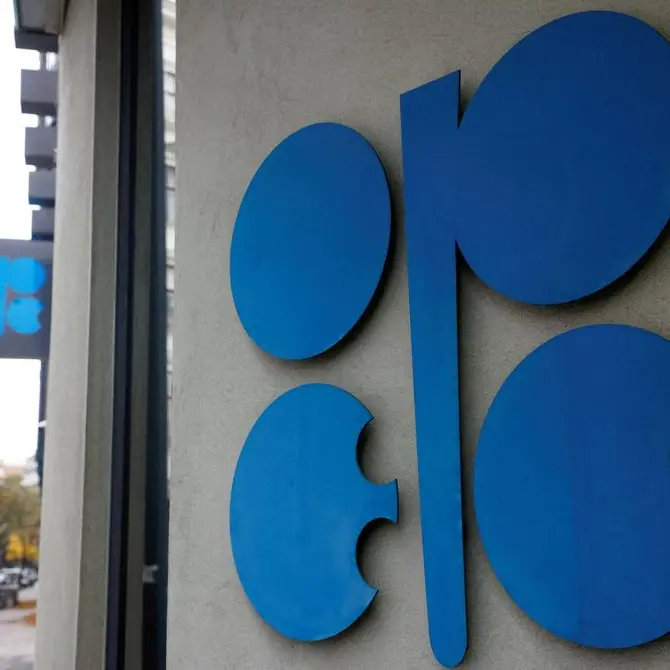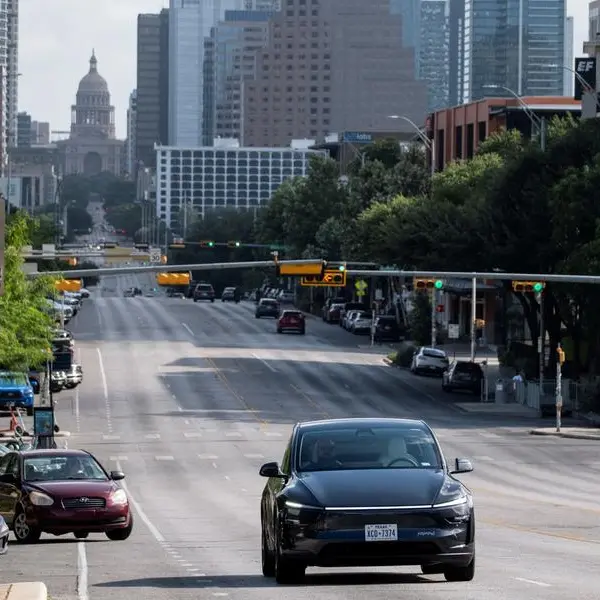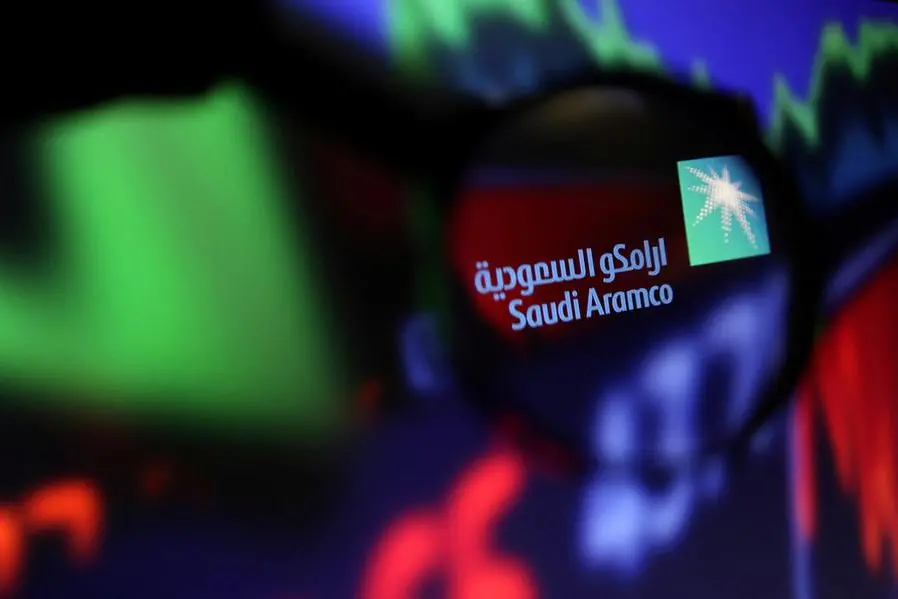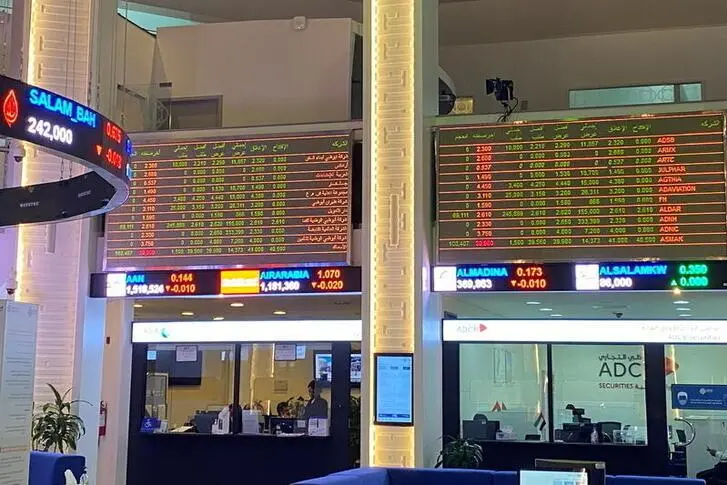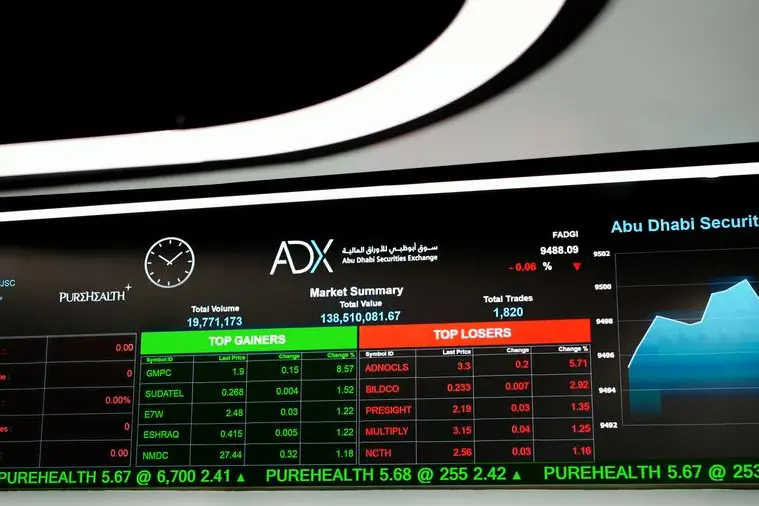PHOTO
Image used for illustrative purpose. A client receives money from a bank teller during a withdrawal transaction at Babel private bank in Najaf, 160 km (100 miles) south of Baghdad October 22, 2009.
Shariah finance is a growing industry and a centrepiece of Dubais plan to be the capital of the Islamic economy. However, Shariah finance is still much smaller than conventional finance, even in Muslim majority nations. For example, while six per cent of Malaysians are Muslims, Islamic banks only capture 21 per cent of Malaysian banking assets. In the UAE, 76 per cent of residents are Muslim, yet Islamic banks only hold 19 per cent of banking assets.
One would expect Muslims to choose Shariah banks and products over conventional offers when both are available.
The question then iswhy would Muslims choose conventional banks when Halal options are available? Clearly there are many possible explanations but my research focuses on the relevance of interest or profit rates. There are two good reasons for paying attention to interest rates. First, research has found that the chief reason for Muslims choosing conventional banks was, better rate of return.
Second, several scholars have hypothesised that Islamic banks have to be more expensive than conventional banks because they have higher transactions costs. Combining the two, it seems that many Muslims will switch to conventional banks to obtain better rates of return that Islamic banks cannot match.
You might be wondering, why study this issue again if several researchers have already said that the problem is price? Good question. The problem for bankers is that knowing that the issue is price, tells them neither how big the problem is nor how to solve it. Bankers need to know just how many customers would shift from Islamic to conventional banks for a given change in interest rates (price elasticity). This, together with their cost data, will allow them to set prices in a rational manner.
The best way to obtain this information would be with an experiment. However, the reality is that price experimentsraising and lowering prices to see what happensare just too dangerous and expensive. Thus, sophisticated businesses commonly use a market research technique called conjoint analysis to study how markets will react to price changes.
Conjoint analysis works like an experiment but without the costs and risks. In the conjoint analysis experiment used in my research, Islamic banking customers were offered two Shariah-compliant and two conventional offers on a computer display.
To make the experiment more realistic, all products were properly described in terms of the offering bank, the interest or profit rate and the product category, (a savings account, investment or car finance). Consumer choices among the products were fed into a computer simulation that calculated the expected market share for each bank and product at a given interest rate. Altogether, 2,400 choices from 600 customers were studied.
The results are a bit curious. First, 25 per cent of Islamic banking customers preferred conventional banks and products when interest rates were the same. The questions arisewhy do they use Islamic banks if they prefer conventional banks and they offer better rates? Are they somehow trapped? More on this later.
When conventional banks offer one per cent better interest rates, the share that would switch to conventional banks rose from 25 per cent to 44 per cent. This shows tremendous price sensitivity. Finally, an additional 18 per cent would switch if conventional banks offer two per cent better interest rates. Thus, we see that most 62 per cent Islamic banking customers would switch to conventional banks to obtain two per cent better interest (or less)refer to Figure 1.
These results are a bit confusing; why is it that these consumers continue to use Islamic banks when conventional banks actually do offer better rates? Why do 25 per cent of Islamic banking customers use Shariah banks when they prefer conventional banks?
To answer these questions, my marketing research students asked Islamic banking customers, Why do you use an Islamic bank when you prefer conventional banks? One finding was that some Islamic banking customers only used Islamic banks because their employers deposited their pay in an Islamic bank. Thus, they werent given a choice.
A second group used both Islamic and conventional banks. Thus, when Islamic banking customers say that they would use conventional banks to obtain one per cent better interest, it is because they are already using the conventional system as well as the Shariah one.
Thus, to quantify, about 25 per cent of Islamic banking customers had no choice while another 35 per cent use both Islamic and conventional banks. The final group, about 40 per cent of Islamic banking customers are truly loyal to Islamic banking, most likely for religious reasons. They try hard to use Shariah-compliant alternatives and will not switch for slightly better rates.
These results surprised me. I expected to find that all Islamic banking customers would only use Islamic banks and that they would generally be loyal to Islamic banks unless the difference in rates became too great. In reality, some Islamic banking customers came to it because of their employment and others use both Islamic and conventional banks. It is only the final groupless than 40 per centthat are truly loyal to Shariah finance.
2017 CPI Financial. All rights reserved. Provided by SyndiGate Media Inc. (Syndigate.info).
